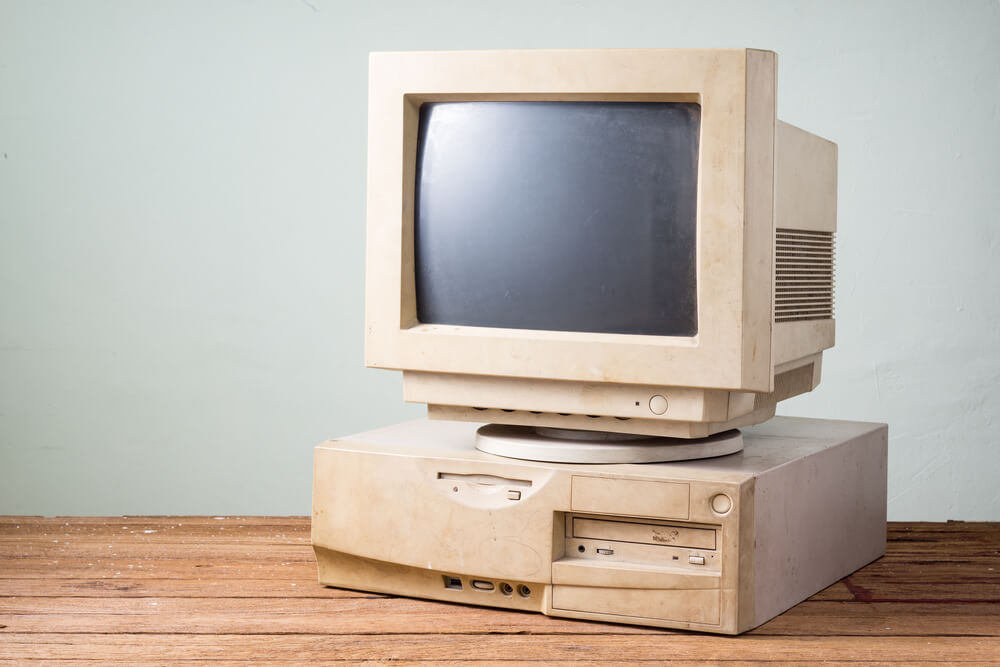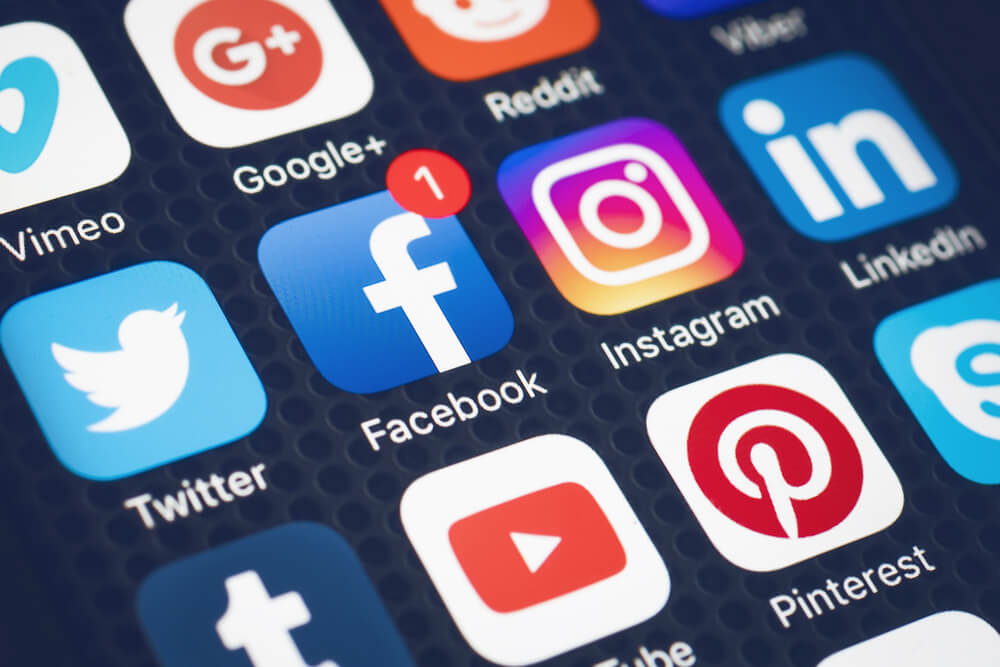
From Telegraph to the Smartphone: We look back at the evolution of business technology. Source: Shutterstock
A look at the evolution of business technology through the decades
FOR CENTURIES, technology has propelled human advancement in many areas – with business being one of the most prominent.
Now a crucial cog in any business machine across all industries, it is easy to forget just how far technology has come in transforming human lives.
But as the adage goes, sometimes you have to look back in order to move forward. Looking at this as one way to understand, and maybe even predict challenges of the future, the New York-based Business News Daily put together a timeline looking back at some of the world’s most influential technologies and its impact on the business world.
Telegraph

Source: Shutterstock
Starting the telecommunications revolution in the US was the telegraph in the mid-19th century. Developed by Samuel Morse and other inventors, the telegraph enabled long-distance communication through transmitting electric signals over a wire laid between stations.
The first telegram was sent by Morse from Washington D.C to Baltimore in 1844.
The telegraph had a colossal impact on the business world. Once unheard of, businesses now had a way of communicating with others from hundreds or even thousands of miles away.
Perhaps the most common use for telegraphs was for the railway lines in America. The revolutionary technology made it possible to communicate the departure and arrival of trains, which went on to streamline the railroad industry. This allowed for the transportation of goods, services and people across the nation.
Telephone

Source: Shutterstock
Alexander Bell was the first person to register the invention of the telephone in 1876, and much like the telegraph, it allowed for communication that revolutionized the way people lived, worked and interacted with one another.
For businesses, it allowed for easy and cheap communication. Before the invention of the telephone, businesses needed to physically deliver messages to one another. Telephonic communication made the business much more efficient by diminishing this task.
Development of mass production

Source: Shutterstock
Henry Ford and the development of the assembly line led to the type of manufacturing that has completely changed the many industries and the availability of consumer goods.
Instead of a car being made from start to finish by the same team, Ford developed assembly lines in which parts were added to the vehicle as it traveled along the production line. Workers just had to learn how to fix one part. The result of this was cheaper and quicker production, as well as the creation of many factory jobs.
Ford’s ideas soon after spread to other industries. Mass production led to increased jobs, wages and efficiency, as well as cheaper products for consumers.
Television

Source: Shutterstock
The first mechanical television was invested by Scottish engineer John Logie Baird in the early 1920’s. Television was a revolution for business due to its large impact on advertising and entertainment.
The immense popularity of TV provided businesses with the opportunity to advertise their goods and services, and sponsor shows to millions of consumers.
The first-ever television commercial appeared on screens in the US on July 1, 1941. The ad, for New York-based watch company Bulova, cost just US$9.
Computer and the Internet

Source: Shutterstock
Today, the computer is the office, and for many is the strong dynamometer of working life. The invention of this technology paired with the Internet led to a communication revolution that would impact businesses forever.
The ability to store massive amounts of data, create information, communicate digitally, as well as make business processes such as finance and accounting a whole lot easier; the computer is a vital tool in today’s business world.
Mobile phone

Source: Shutterstock
The first mobile phone call was made on April 3, 1973 by Motorola employee Martin Cooper.
The invention of this technology was a stepping stone to workplace flexibility. Mobiles enabled companies to communicate with employees at any time in any place. This led to easy communication and an increase in business efficiency and productivity.
Laptop

Source: Shutterstock
Much like the invention of the mobile phone, the development of the laptop meant that businesses could get things done on the go.
The technology, which is cheaper, smaller and easier to transport than a desktop computer, allows greater flexibility within a business. Those who travel often could work on trains or in airports, and employees now had greater flexibility in working remotely.
Smartphone

Source: Shutterstock
This technology is not called smart for nothing. A combination of perhaps a laptop and the mobile phone, smartphones are a condensed device powerful enough to run an entire business from.
Whether it’s communicating with colleagues or other businesses face-to-face across the globe; ordering stock; managing invoices and finances; connecting with customers through social media; or sharing files and communicating with colleagues, everything you need is on one handheld device you can fit in your pocket.
As well as enhancing efficiency within the business, the smartphone also created a wave of consumer culture. Many industries now have another medium in which to create programs and market products on.
This year, it is expected that over a third of the world’s entire population will own a smartphone.
Social media

Source: Shutterstock
Social media – including the likes of Facebook, Twitter, Instagram and YouTube – started off as a way for people to connect and communicate with each other. But today, social media has proved to be a crucial, effective tool for business growth.
Social media is yet another platform for businesses to connect with consumers and market products. Research has found that the greater the frequency and degree of engagement on social media, the stronger the brand-consumer relationship becomes. And this, in turn, has a greater impact on sales, customer satisfaction and product reputation.
Another study found that 80 percent of the Fortune 500, America’s most successful companies, are active on one or more social media channels.
The future of business tech
The evolution of business technology does not stop here; in this fast-paced digital world, there’s always going to be something new.
The emergence of technology such as the Internet of Things, augmented reality, virtual reality, blockchain, artificial intelligence, 3D printing, drones and robots are already beginning to, or have already disrupted, many businesses around the globe.
The only way to stay not just ahead, but in the race, it would seem, is to ensure your business constantly has its finger on the pulse of the ever-evolving world of tech.
READ MORE
- How Japan balances AI-driven opportunities with cybersecurity needs
- Google parent Alphabet eyes HubSpot: A potential acquisition shaping the future of CRM
- Microsoft splits Teams from Office Suite; who benefits?
- Intel reinvents in semiconductor industry amid US$7 billion loss
- Unveiling the reality of incognito mode from Google and online privacy








